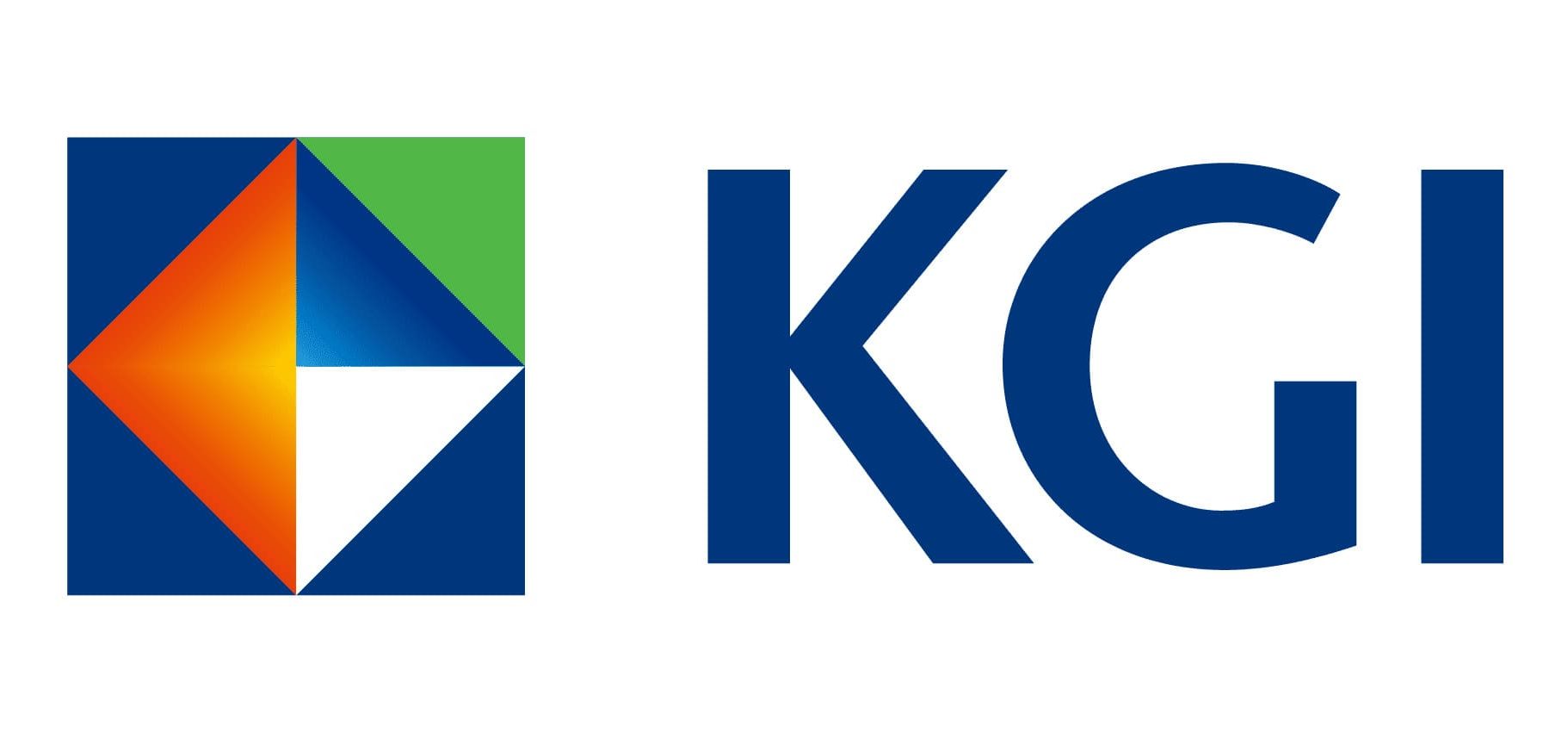Weekly Securities Newsletter: The AI Cybersecurity Landscape

The AI Cybersecurity Landscape
Chart of the Week:
Soft U.S. Data Rebound Boosts Market Confidence, Fuels Equity Upside
Analyzing the correlation between S&P 500’s rolling 1-year return and soft/hard economic data, since the start of 2025, the correlation with hard data has turned negative—suggesting slower growth is largely priced in. Markets have become less sensitive to weakening hard data like GDP, manufacturing PMI, and inflation. In contrast, soft data remains positively correlated with the S&P 500, and improvements in soft indicators have typically supported stronger equity performance.
Market Recap 1:
U.S.-China Framework Deal Awaits Leaders’ Approval; U.S. Stocks Rally
The second round of U.S.-China trade talks concluded in the UK, with Trump stating that the deal is finalized pending top-level approval, which is largely in line with market expectations. U.S. equities rose on optimism. The agreement includes China’s upfront supply of critical rare earths, while the U.S. may partially ease export controls, excluding advanced chips. Tech stocks responded positively, with the Philadelphia Semiconductor Index up 4.8% this week, leading gains. U.S. sectors broadly advanced, led by IT, consumer discretionary, and healthcare. Energy outperformed as oil prices surged following Israeli airstrikes on Iran.
Market Recap 2:
Oil Spikes on Escalating Middle East Tensions; Flight to Safety Lifts Bonds and Gold
Inflation rose moderately, with gains in commodity prices offset by declining energy costs. Markets anticipate that tariffs may continue to push prices higher in 2H25. Following the inflation report, rate-cut expectations rose slightly, driving U.S. Treasury yields lower and boosting bond prices across maturities and credit tiers. Subsequently, escalating Middle East tensions, including stalled U.S.‒Iran nuclear talks, U.S. embassy evacuations, and Israel’s preemptive strikes, further heightened risk-off sentiment and strengthened bond markets.
What’s Trending:
May U.S. CPI Slightly Below Expectations; Futures Show Modest Rise in Odds of September Rate Cut
In May 2025, the U.S. CPI rose by 0.1% MoM, below market expectations of 0.2%. The YoY increase stood at 2.4%, matching Bloomberg’s forecast but slightly above the previous reading of 2.3%. Service and housing inflation continued to ease, while energy prices remained a drag, with gasoline prices falling by 2.6%. Goods inflation edged up from the previous month, driven notably by increases in toys and appliances. However, prices for automobiles and clothing declined, showing no tariff-related effects. KGI Securities believes this could reflect benefits from low-cost inventories. Core CPI rose by 0.1% MoM, underperforming the expected 0.3%, while the annual core rate came in at 2.8%, also below the 2.9% forecast.
In Focus 1:
Hacker Attacks Intensify in the AI Era, Driving Rapid Growth in Cybersecurity Demand
The rapid advancement of AI has accelerated software innovation and iteration, increasing the importance of accessing systems, applications, and data. As a result, cyberattacks targeting related systems and infrastructures are on the rise, both in scale and in the ransom amounts demanded post-attack, highlighting the growing demand potential in cybersecurity.
In Focus 2:
Rising U.S. Government Cybersecurity Spend to Drive Sector Revenue; Valuations Remain Attractive
In addition to private-sector companies expecting to increase cybersecurity spending, the U.S. federal government also places significant emphasis on cybersecurity. Federal cybersecurity expenditures are projected to grow from approximately $17.4 billion in 2020 to $21.0 billion by 2025—a 20% increase. The Cybersecurity and Infrastructure Security Agency (CISA), under the Department of Homeland Security and responsible for national cybersecurity protection, is expected to see its budget grow from $2.0 billion in 2020 to just over $3.0 billion in 2025—a 50% increase. Demand from both public and private sectors is expected to drive strong revenue growth for cybersecurity firms.


